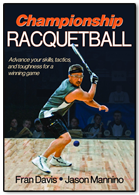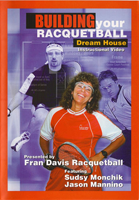Make Your Opponent Uncomfortable
Your objective when you are playing is to make your opponent uncomfortable, end of story. The more uncomfortable you make them feel, the more mistakes they will make. The more mistakes they will make; the more opportunities you will get. The more opportunities you will get, the more you can take advantage of those situations by going offensive to end the rally and/or score a point, or force your opponent to go defense.














